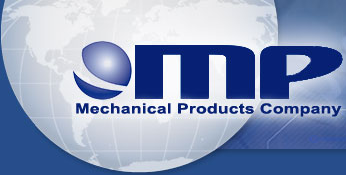Continuing our review of Thermal Circuit Breaker terminology, we will now consider Overload Rating, which should not be confused with Short Circuit Interrupt Capacity (planned for future review).
While testing varies slightly from agency to agency, overload tests are basically fifty “on-off” manual or automatic trip cycles, at a defined multiple of the device’s rated current and at a specific power factor. This testing confirms a device’s capability for either general use (on a resistive load) or in a motor starting application (an inductive load).
Specifically under UL1077, the Overload Rating of a supplementary protector is determined by the device manufacturer from the table below:
Test Current for Overload Tests
|
Device used for
|
Rated in
|
Test Current
|
Power Factor
|
Overload Rating
|
|
Across the line motor starting
|
AC Amps / hp
|
Six time full load current
|
0.40 – 0.50
|
OL1
|
|
DC Amps
|
Ten times full load current
|
(a)
|
|
General use or incandescent lamp control
|
AC Amps
|
1.5 times rated current
|
0.75 – 0.80(b)
|
OL0
|
|
DC Amps
|
1.5 times rated current
|
(a)
|
|
a. Non-inductive, resistive load.
b. When the device is marked “Resistance only”, the test may be conducted using a non-inductive, resistive load.
|
From the table, it is easy to see that supplementary protectors qualified for use “Across the line motor starting” must be significantly more robust than the “General use” types. Within UL1077 this is the difference between Overload Ratings of OL1 and OL0, respectively.
A single device may also have a variety of Overload Ratings at various voltages. In other words, one supplementary protector used in many different applications may be rated at OL1 at 125 Volts AC and OL1 at 30 Volts DC, while at the same time having an OL0 rating at 250 Volts AC.
Caution should be taken when comparing data sheets of various supplementary protectors. Reference to the thermal circuit breaker’s actual Overload Rating is frequently omitted by manufacturers. Details on this and other UL1077 qualification categories may be found by visiting the UL Online Certification Directory at, http://database.ul.com/cgi-bin/XYV/template/LISEXT/1FRAME/index.html.
Although the above discussion has been primarily focused on UL1077, another widely used North American standard is C22.2 No. 235-04 published by CSA International. Within this standard, Overload is described in much the same terms as in UL1077, including similar Overload Ratings of OL0 and OL1. Details may be found within the CSA Certified Product Listings at http://directories.csa-international.org/


